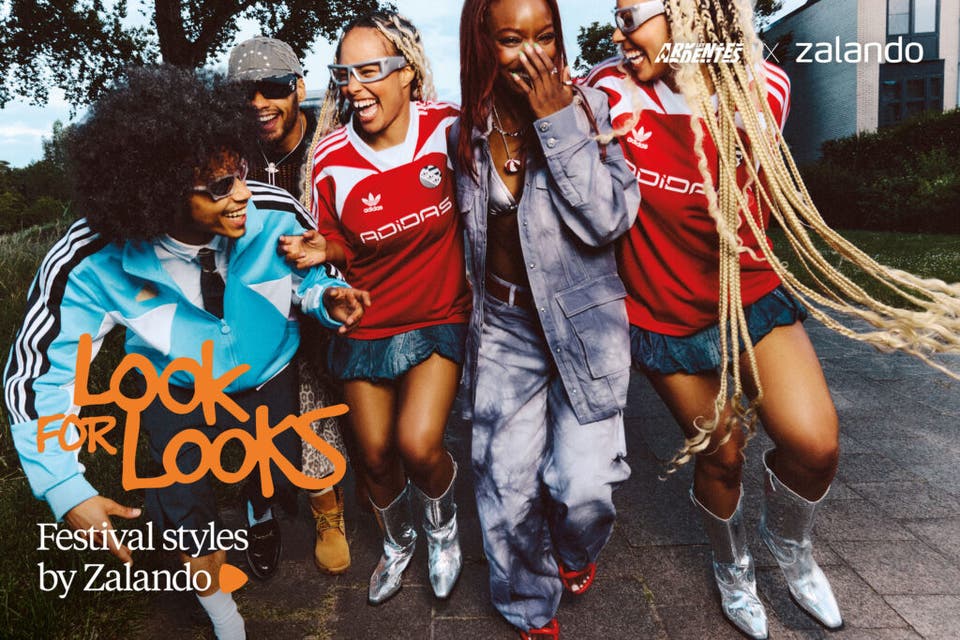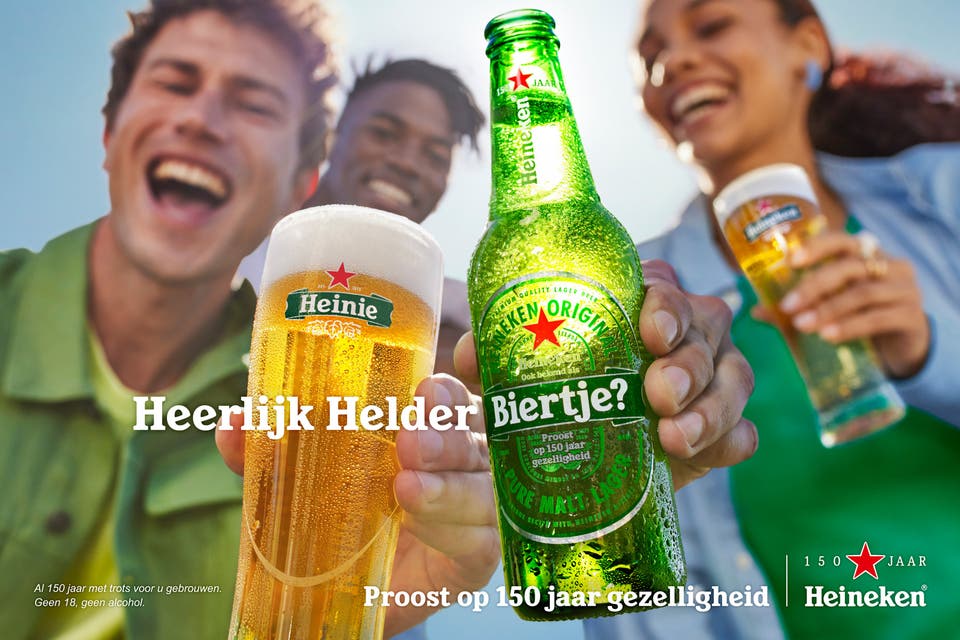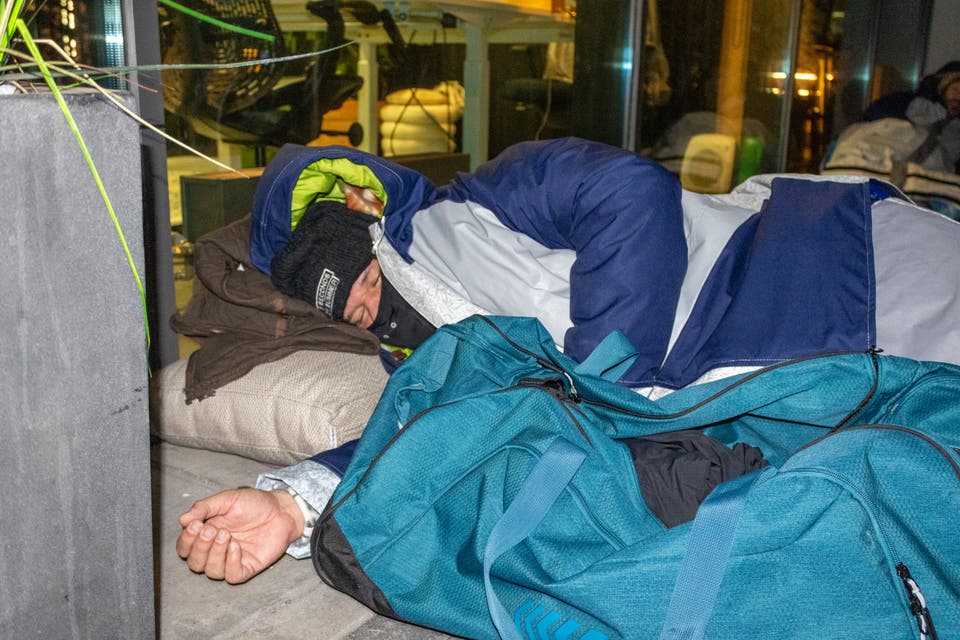0
More appointments
0
Periods of data used
Carglass is mainly using traditional media, such as Radio and TV, and for years this has been very successful. Carglass is the undisputed market leader in the "glass repair market," with an assisted name recognition of 85% and a turnover of 7 billion euros. However, with a changing media landscape, more expensive GRPs and increasing difficulty in reaching younger audiences, there is a real risk Carglass could start losing ground.
For this reason, Carglass wanted to run a geo-experiment on YouTube to test and validate the added value of Online Video.
Approach
The YouTube campaign aimed to generate as many online appointments as possible. This is the most important KPI for Carglass on which TV ads are also judged. The YouTube campaign was set up, targeting audiences low in the funnel, such as look-a-likes, Custom Intent and website visitors. The data team would then provide insight into the effect of the campaign, in addition to the regular results from the DSP. Random locations (cities) were selected and divided into a control and a test group.

Results
Both the test and control groups consist of multiple regions – the geos – and because we input results at the geo-level, we can use a Time-Based Regression (TBR) model for each region to gain results on a group level.
The advantage of a geo-experiment is that it enables statistical comparison. In this, we use data from three periods, the pre-test, test and cooldown period to calculate the number of transactions that would have come in during the test period for the test group if no experiment had taken place. This what-if situation is calculated on the pre-test data of both the test and control group, and the test period data of the control group. This allows for comparison with statistical validity.
Ultimately, the campaign lasted 28 days. However, we used 14 weeks of conversion data in the final analysis. The difference between the two groups was striking. In the control group where no campaign was run, appointments decreased during these 14 weeks, whereas the test group had a stable and even increasing number of appointments after the campaign had ended.
In fact, a total of 1,125 more appointments could be attributed directly to the YouTube campaign. All other variables were equal. The geo-experiment clearly demonstrated the significant effect of the YouTube campaign on the number of online appointments. Moreover, the result paved the way for us to run multiple pilots for Carglass in 2023 to validate this approach even further.

A Strategic Synergy: How a.s.r. and dentsu Benelux create...
Success in Search Engine Advertising (SEA) isn’t measured by clicks alone, but by the real value it creates. For companies like a.s.r., operating in a dynamic and competitive market, it is cruci...

The Ardentes festival-goers are the stars of Zalando's DO...
"What to wear at a festival?", "5 trends for festivals" – being stylish at a festival has become a must, and Zalando has fully embraced this with its "Look for Looks" campaign at Les Ardentes fe...

Dentsu x Heineken – Heerlijk, helder, hoog op de pagina
After successfully pioneering Albert Heijn's Sponsored Products on own initiative, Heineken aimed to elevate its online strategy further and challenged dentsu to improve the account’s performanc...

Dentsu Sheltersuit Sleep Out 2023/2024
The dentsu Benelux Out Of Home (OOH) team organised the Sheltersuit Sleep Out, a Social Impact network event in collaboration with a Dutch non-profit to bring colleagues, OOH partners, and adver...
